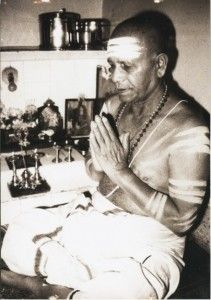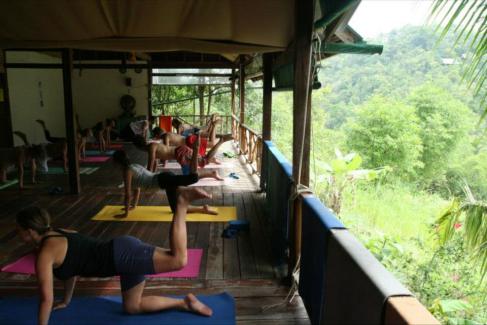MYSOREPEDIA.COM
Claudia’s guide to Mysore – Check it out — here.
“Ever since my first trip to Mysore to study at the Ashtanga Yoga Research Institute back in 2008 I wanted to have a comprehensive list of information, as in: when to go, how to prepare, what to pack, places to stay, where to eat, etc. I wanted it so much that I created one. ”
We try not to let money drive us, but for all those who practice ashtanga a one month trip to Mysore is $2500 away. It potentially will change your life.
Flight from JFK to Bangalore round trip ———— 1,200
Car Service Back and Forth Bangalore-Mysore — 100
Shala First Month ————————————— 650 (**)
Hotel stay for the first couple of days ————– 100
Rental in a Gokulam home (1 bedroom for 2) —– 250
Food —————————————————— 150
Rickshaws/Transportation/Events/Other ———– 50
Living Situation?
Many students just walk around Gokulam and knock on doors. Indian families are opening their doors to students more and more. Prices have been going pretty high these days ranging anywhere from 7000 to 20000 Rupiahs per month depending on how far from the shala you rent, which is very different from the 400 Rupiahs I paid back in 2008 for a room 6 blocks away.
For more on food, transportation in Mysore, and shopping check out the link at the top of the post.
Om Namah Shivaya

